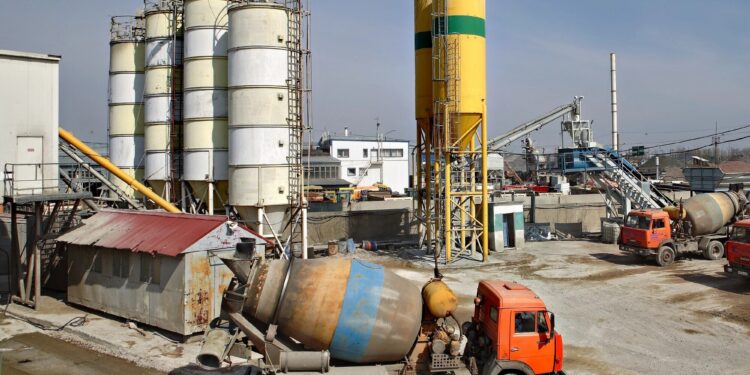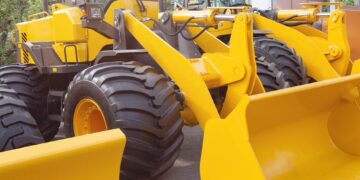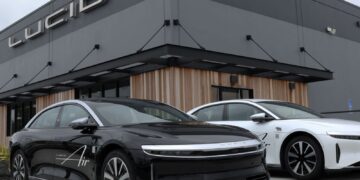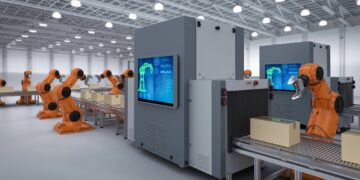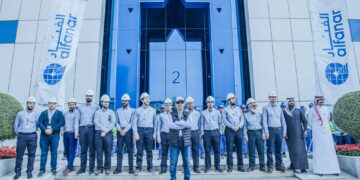The ready mix concrete (RMC) sector in Saudi Arabia is experiencing steady growth, driven by the country’s expanding construction needs and large-scale development projects. RMC is produced in batching plants and delivered directly to building sites, offering consistent quality and efficiency compared to traditional on-site mixing.
Key advantages of RMC include reduced labor, minimized material waste, and faster project completion. These benefits are fueling its popularity among commercial developers, contractors, and infrastructure projects, especially as Saudi Arabia pushes forward with major initiatives under its Vision 2030 plan.
Government-backed projects like NEOM—a $500 billion futuristic city—and the Red Sea Project, which aims to add over 50 resorts and 8,000 hotel rooms by 2030, are significantly boosting demand for RMC. According to ResearchAndMarkets.com, the Red Sea Project alone is expected to contribute USD 5 billion annually to Saudi Arabia’s GDP. The government’s focus on sustainable and high-quality construction is also encouraging the use of eco-friendly concrete solutions.
Despite this growth, the RMC market faces challenges related to logistics and infrastructure. The vast geography of Saudi Arabia, combined with difficult terrain and extreme weather, complicates the delivery of concrete, especially to remote areas. Urban congestion further disrupts supply chains, leading to increased costs and potential delays. Addressing these issues will require investments in transportation infrastructure, advanced tracking technology, and collaboration between the public and private sectors.
Technological advancements are transforming RMC production. Automation and digitalization in batching plants are improving quality control, reducing waste, and ensuring that concrete meets precise project requirements. These innovations are expected to further streamline operations and support the growing demand for specialized concrete.
According to ResearchAndMarkets.com, the Saudi Arabian ready mix concrete market is projected to reach a value of $5.89 billion by 2030, up from $3.98 billion in 2024, with a compound annual growth rate of 6.6%. Key players in the market include Holcim Ltd, CEMEX S.A.B. de C.V., CRH plc, Arabian Cement Company, and others.
- RMC is supplied both on-site and off-site
- Used across commercial, residential, infrastructure, and industrial projects
- Major regions served include Riyadh, Makkah, Madinah, the Eastern Province, Dammam, and other parts of Saudi Arabia
In summary, the Saudi Arabian RMC market is poised for continued expansion, supported by ambitious government projects, technological innovation, and a growing demand for efficient, high-quality building materials.
